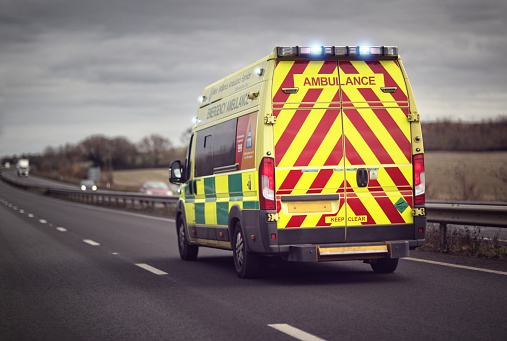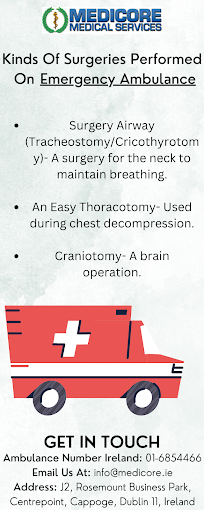Drive Emergency Ambulance And Save People
Pre-hospital emergency medical treatment is the main duty of all emergency ambulance ser, while they frequently act as the sector's emergency response and patient transfer. Through a highly developed communication infrastructure, they make health services easily accessible, especially after hours, and greatly contribute to telephone triage and telephone health services. It has recently been apparent that the mounting strain on the health system cannot simply be relieved by additional resources; rather, it requires new approaches to service delivery.
The Medicore emergency ambulance is perfectly situated at the top of the health continuum and may make a significant contribution to programs that "cure and transfer" or "treat and discharge." Ambulance services could significantly improve the efficiency of the healthcare system if they can transition from being simple pre-hospital clinical care to out-of-hospital clinical care service. This can be achieved by more effective patient information transfer, more effective patient transportation, an ambulance with a public service rather than profit attitude, and patient treatment that is suited to the larger healthcare system.
Being a part of the health system ensures that patients receive consistent care from their homes or events to the hospital, i.e. a "system" approach to health care as opposed to individual health units working independently of – and occasionally in conflict with – one another. This is because ambulance operations take place in a pre-hospital clinical environment. A medical system's working environment is forewarned early by an ambulance service because it is the first point of contact with an occurrence and a patient. In reaction to an incident, the health system is able to respond with some flexibility thanks to this, allowing patient flows to be modified or anticipated in accordance with system performance.





Comments
Post a Comment